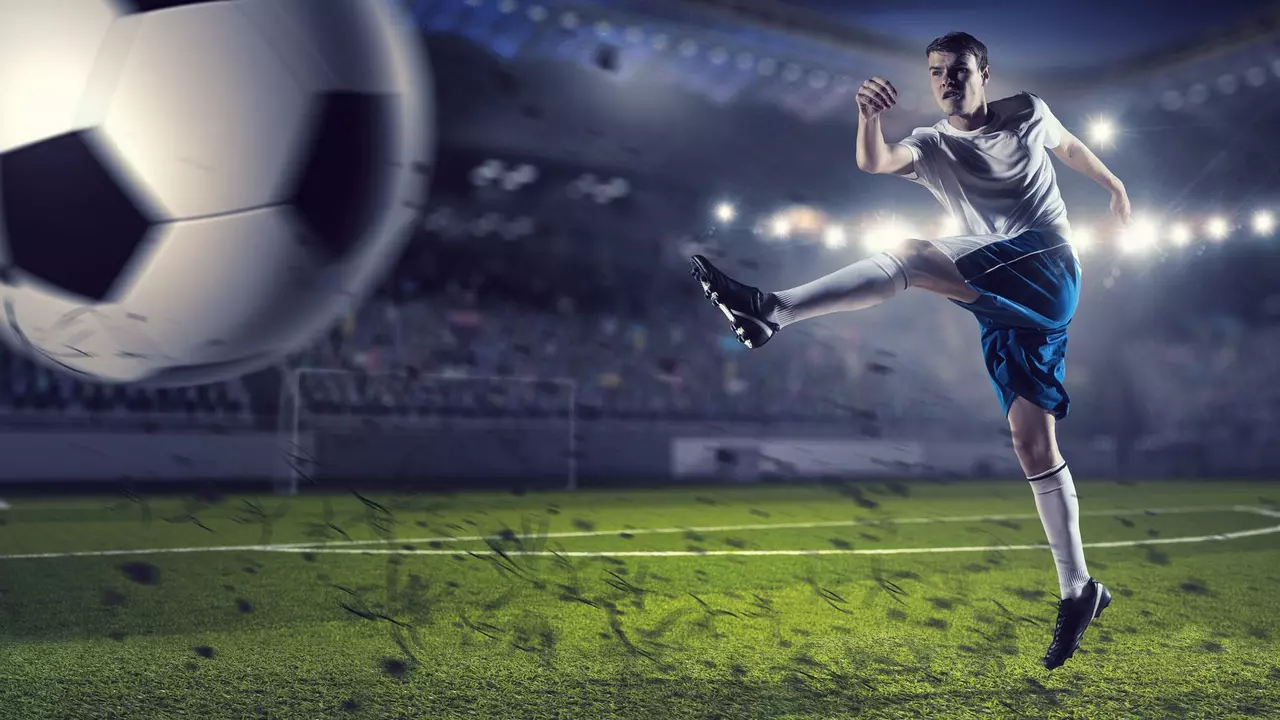Soccer Positions Explained – Know Every Role on the Pitch
If you watch a match and wonder why some players stay back while others constantly attack, you’re looking at soccer positions. Each spot on the field has a purpose, and understanding those duties makes the game way more enjoyable. Below we break down the main roles, the skills they need, and how they link together in a typical formation.
Defensive Roles
The goalkeeper is the last line of defence. Their job is simple: stop the ball from crossing the goal line. Good keepers have quick reflexes, strong hands, and a loud voice to organize the back line. They also start attacks with throws or kicks, so a decent foot game helps.
Behind the keeper sit the defenders. Center backs stay in the middle, cutting out through‑balls and winning aerial duels. Full backs (right and left) patrol the flanks, blocking crosses and helping in attack when space opens. Modern wing backs combine these duties, pushing high up the wing while still tracking back to defend. The key traits here are strength, good positioning, and the ability to read the opponent’s moves.
Midfield & Attack
Midfielders are the engine room. Defensive midfielders shield the back four, break up opposition plays, and recycle possession. Central midfielders link defence and attack, distributing passes and controlling tempo. Attacking midfielders sit closer to the opponent’s box, creating chances with through balls and shots from distance. Wide midfielders or wingers stay near the sidelines, delivering crosses and cutting inside to shoot. Stamina, vision, and accurate passing are vital for success in these spots.
Up front, you’ll find strikers and forwards. The main striker (or centre forward) leads the line, holding up the ball and finishing chances. Target men are strong, good at heading, and can bring others into play. Smaller, quicker forwards—often called wingers or inside forwards—use speed to beat defenders and create space. They also drop back to help midfield when needed. Finishing ability, movement off the ball, and composure in front of goal define these roles.
Every position works together like cogs in a machine. A solid defence gives the midfield confidence to press, while creative midfielders supply the attackers with chances. Knowing what each role expects makes it easier to follow tactics, spot where a team might be weak, and appreciate the skill set each player brings to the game.
So next time you watch a match, try to spot these positions in action. Pay attention to how the goalkeeper commands the area, how defenders shift to cover gaps, how midfielders control the rhythm, and how attackers exploit the space created. Understanding soccer positions turns casual watching into a deeper, more exciting experience.
